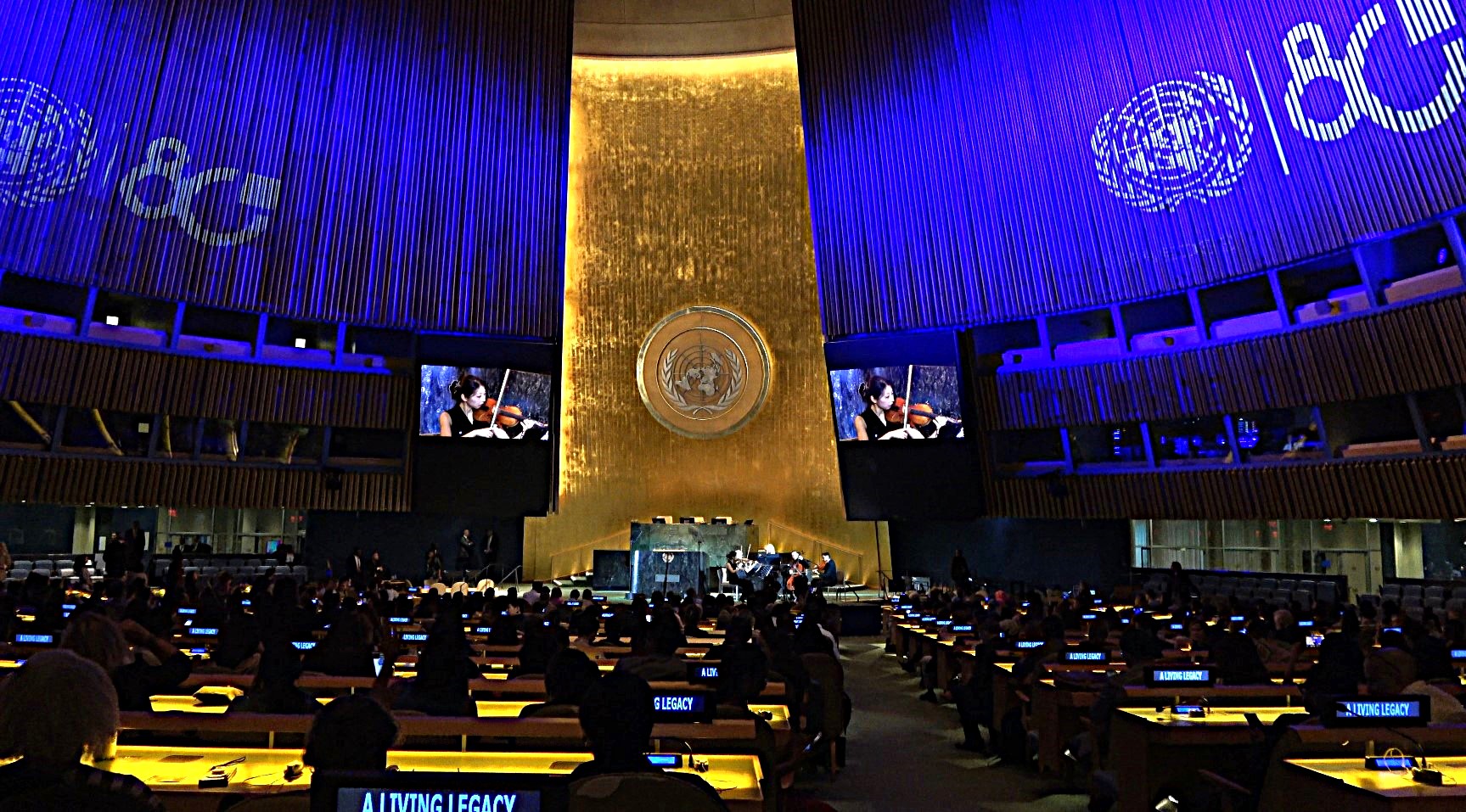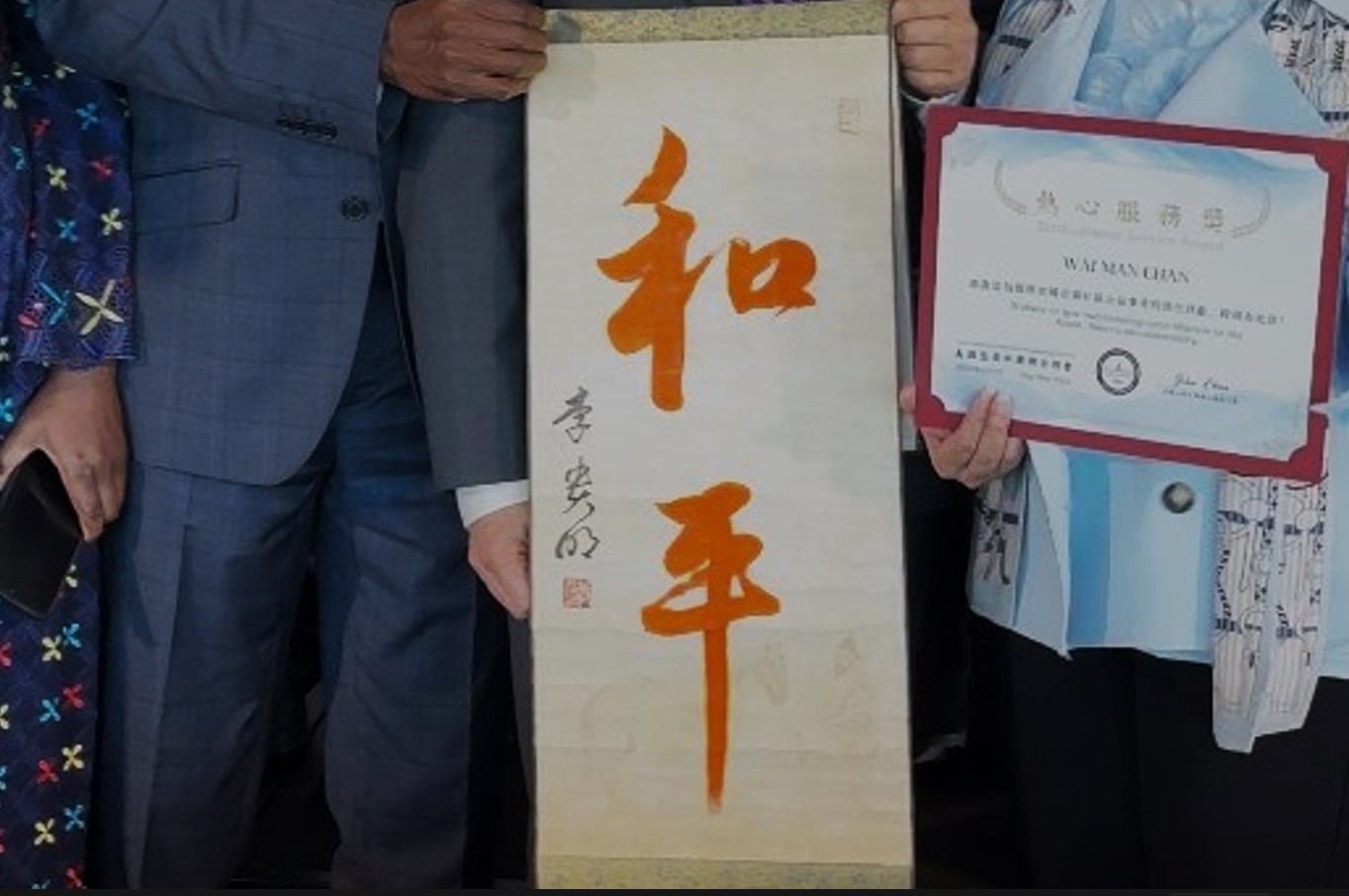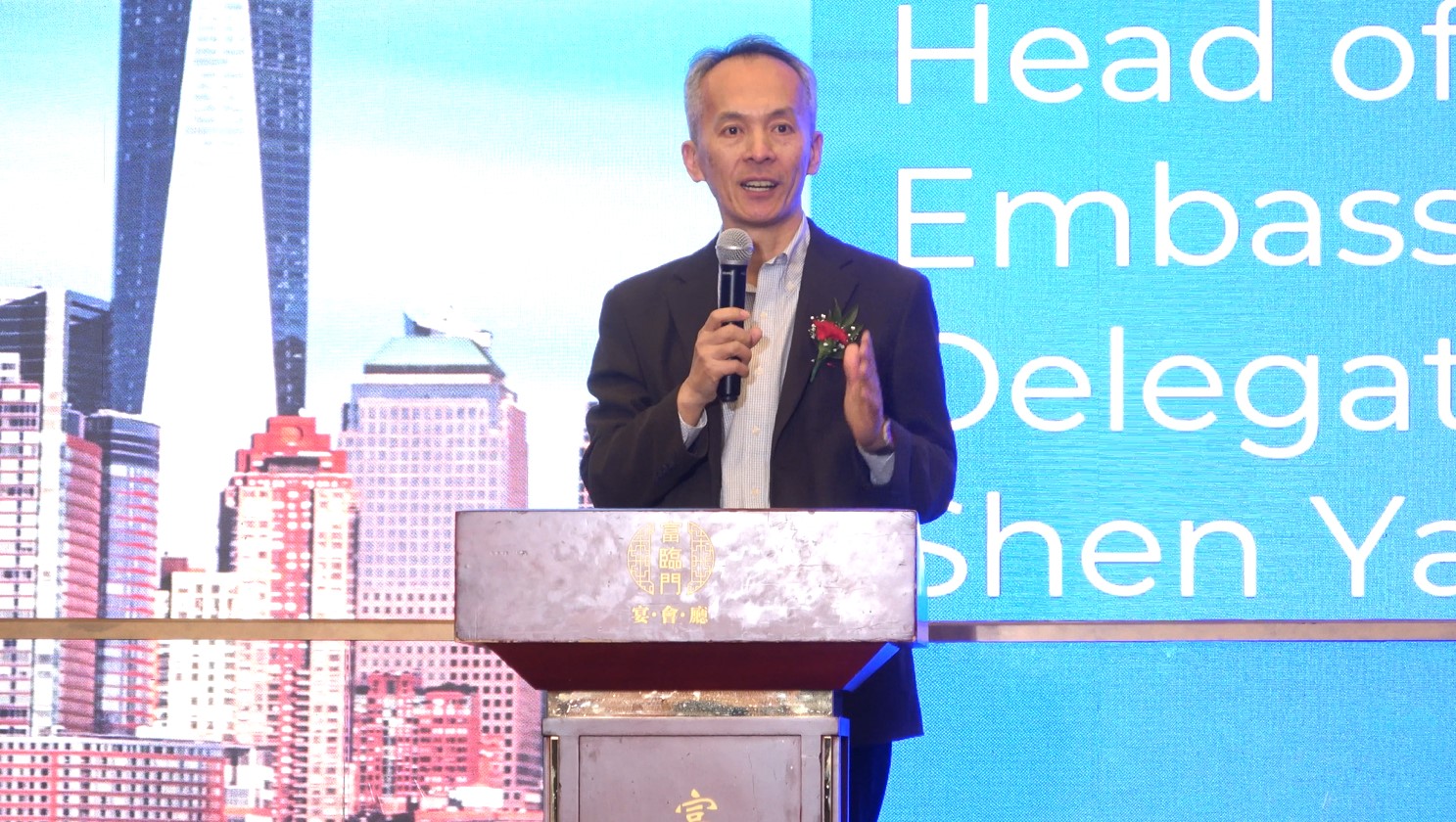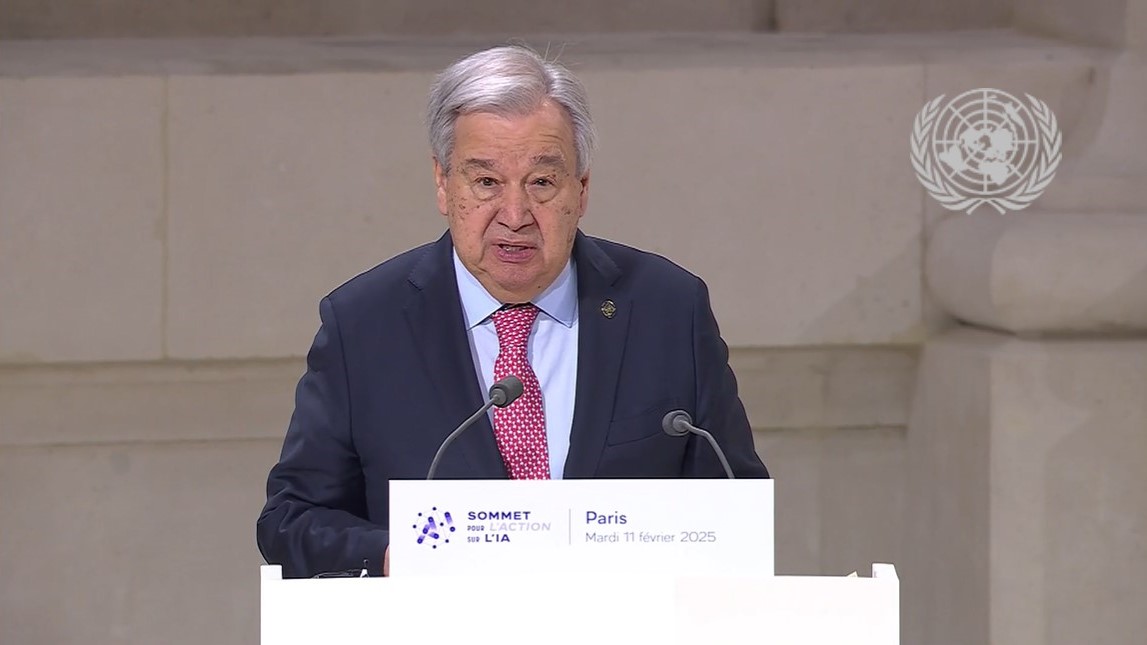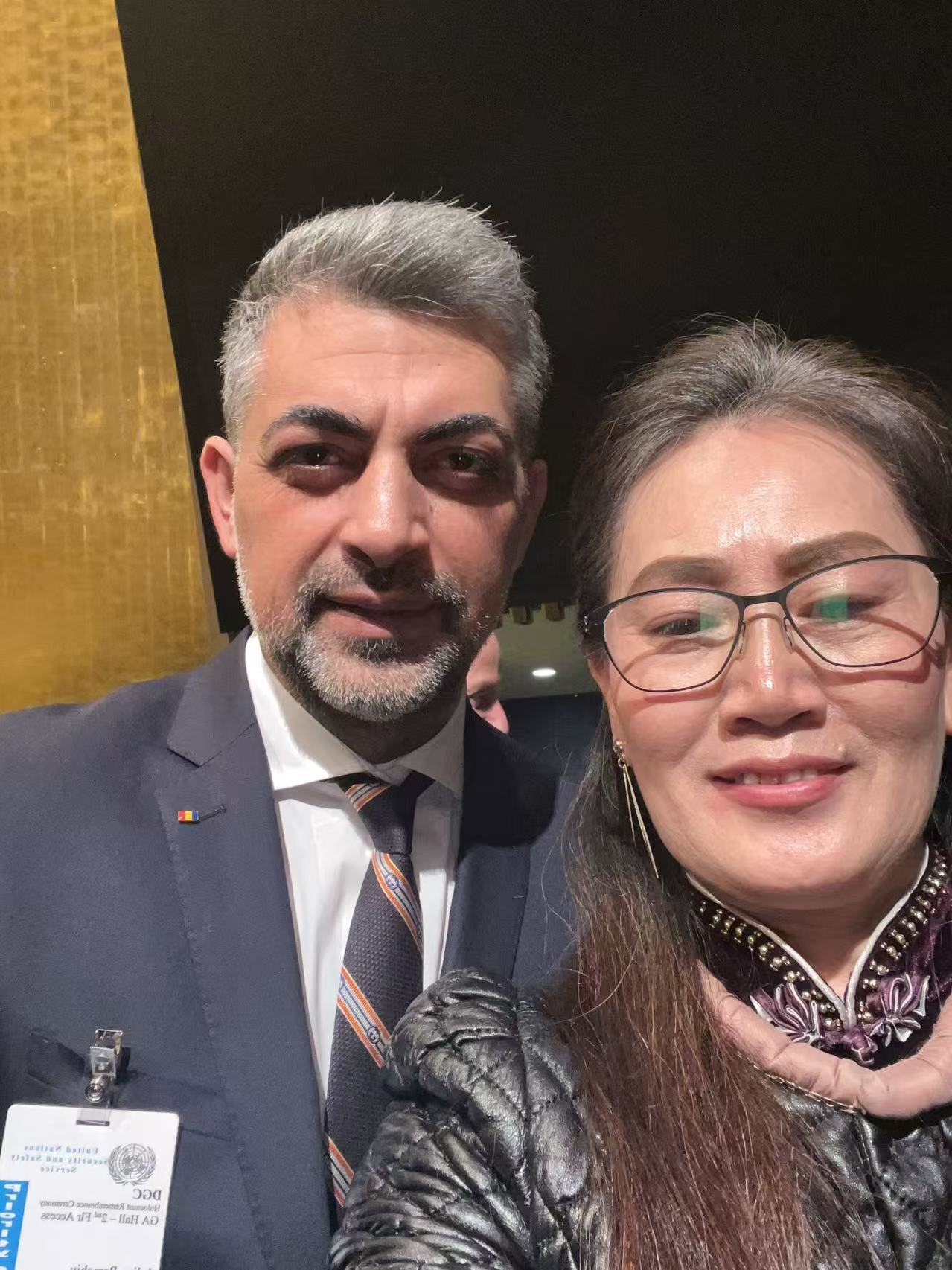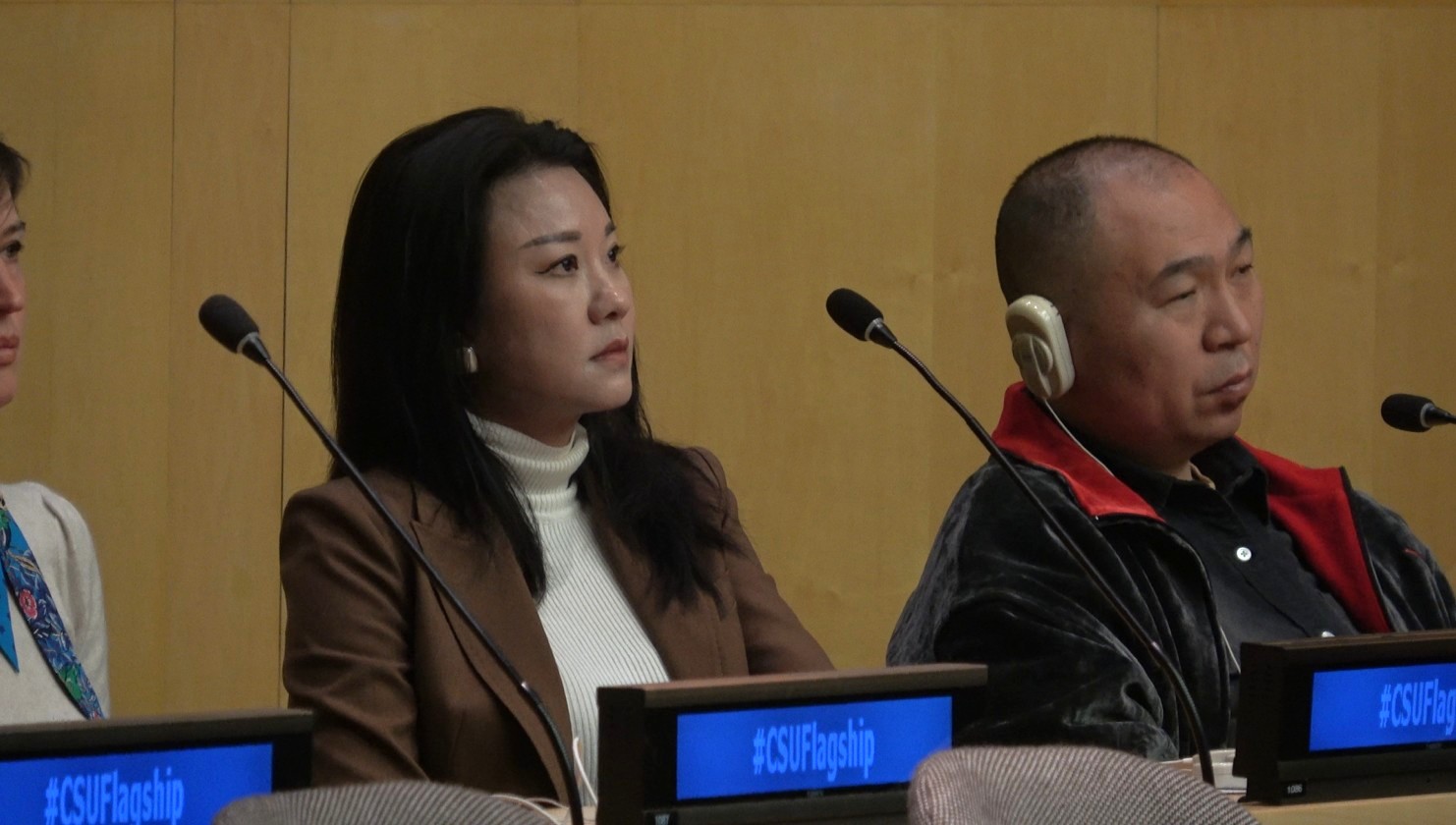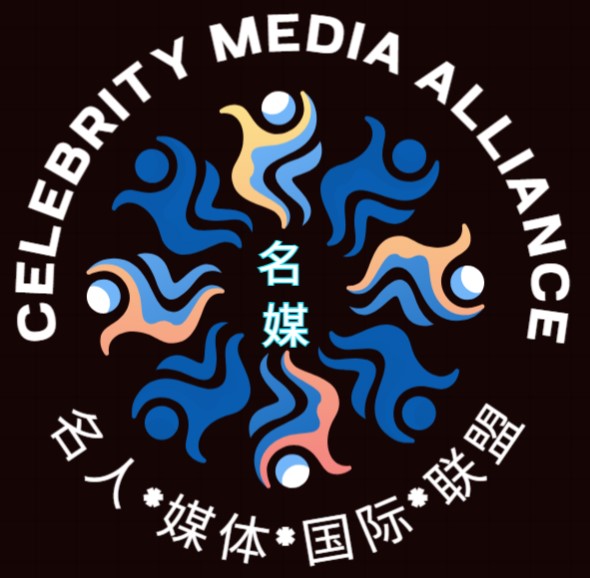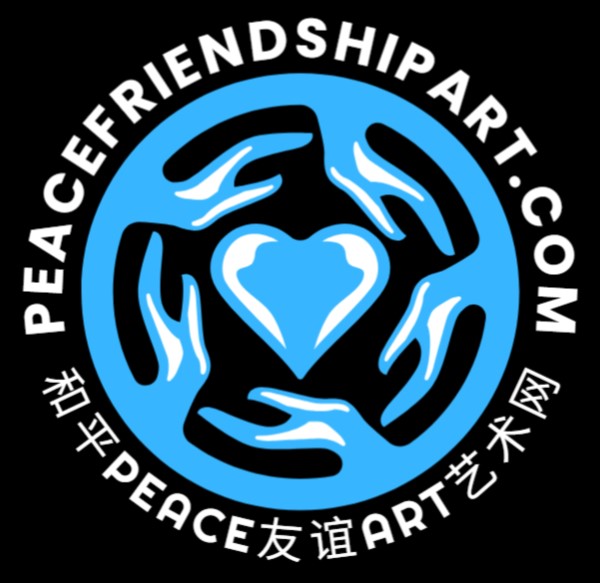While most people still remain in the stereotype of art and politics being independent, Fathi keenly perceives the diplomatic potential within cultural symbols. Upon seeing the report of Chinese calligrapher Li Guiming bringing the character “福” (Blessing) to the United Nations, he did not stop at appreciating the surface of art but immediately realized the cross-cultural value and global governance significance it reflected. He proactively arranged to meet Li Guiming at the UN News Center for an in-depth interview, bringing both a journalist’s sharp eye and an analyst’s perspective to give this artistic event a far-reaching interpretation.
That is precisely why this article was born. Fathi not only linked a calligraphy work with the UN Sustainable Development Goals, but also revealed how traditional culture plays a role of “soft power” in today’s international agenda. This reporting path that interweaves art, culture, and global issues demonstrates his consistent international vision and cross-cultural sensitivity.
In the complex and diverse arena of the United Nations, Ahmed excels at discovering those easily overlooked yet crucial “unofficial languages” — culture, faith, and values. With the acumen of a seasoned journalist and the reflection of a scholar, he transforms the fragrance of ink into discourse, turns art into a bridge, and reminds us: in the context of global governance, cultural diplomacy is equally a force that drives peace and cooperation.
Calligrapher Li Guiming’s “福” has already become a blessing that transcends borders!
The following is the reprint of Ahmed Fathi’s article and video.
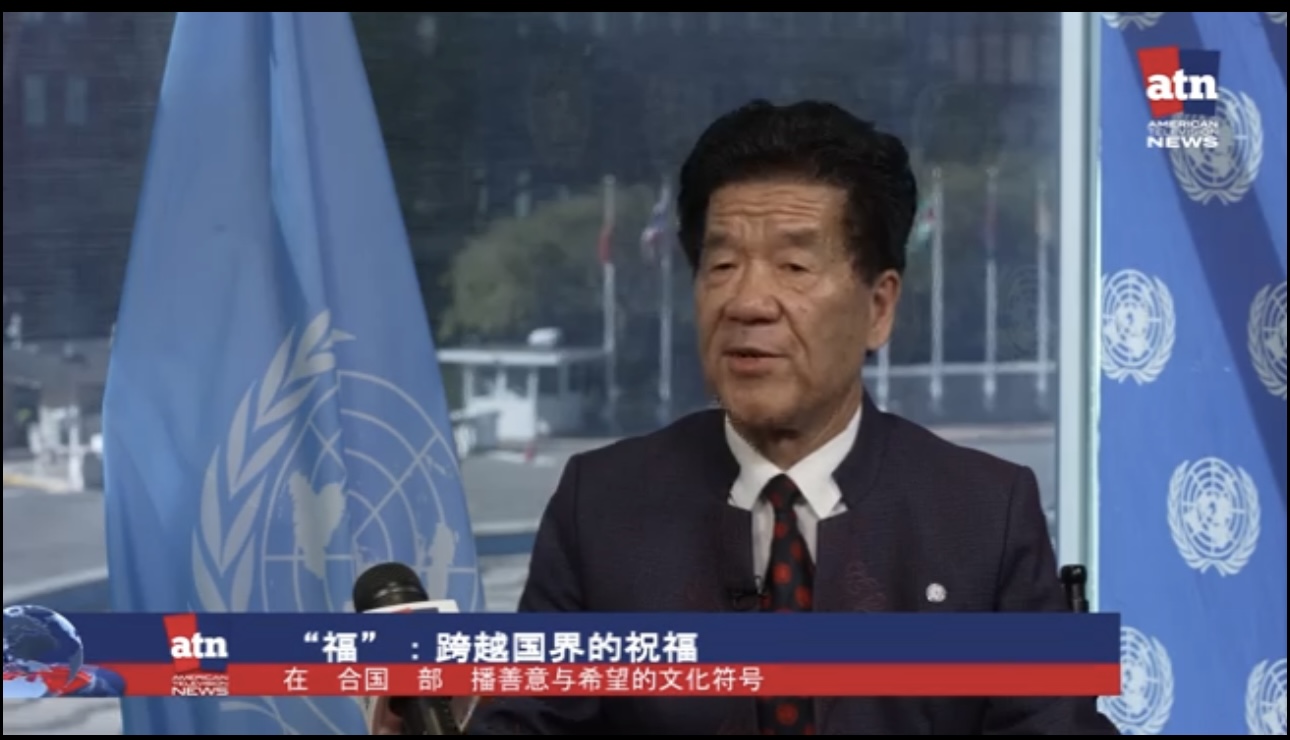
Author: Ahmed Fathi
United Nations Headquarters, New York — On this global stage filled with lengthy speeches and complex resolutions, an unusual message quietly appeared. It did not come through documents or policy statements but was conveyed through the strokes of ink.
Chinese calligrapher and artist Li Guiming walked into the United Nations with an ancient and profound Chinese character: “福” — symbolizing blessing, peace, and prosperity. This character transcends the barriers of language and politics, becoming the core of global dialogue in cultural diplomacy.
On the occasion of the 80th anniversary of the United Nations, Li Guiming brought his calligraphy work “Peace and Blessing” to the world stage. It is not merely an artwork but a symbol of culture and spirit, emphasizing how Chinese culture resonates with the ideals of global cooperation.
This work aligns with Sustainable Development Goal 16: Promote peace, justice, and strong institutions, showing how traditional cultural symbols infuse soul into modern international commitments.
Every stroke of his is not just a display of skill but a narration of China’s story at the UN through culture and belief. By inspiring “soft power” through cultural heritage, fostering understanding and cooperation across borders, it embodies the spirit of international partnership advocated by Sustainable Development Goal 17.
This cultural diplomacy initiative also looks toward the future. Li Guiming believes that calligraphy not only shapes artistic literacy but also serves as a form of education, sowing the seeds of patience, respect, and peace in children’s hearts.
With the help of modern technology, this traditional wisdom is transcending borders, entering classrooms, communities, and online platforms, extending across the globe. It demonstrates the integration of Sustainable Development Goals 4 and 9: quality education and innovative infrastructure.
At the United Nations, Li Guiming’s ink strokes are no longer just calligraphy but a bridge — connecting Beijing and New York, connecting tradition and the future, connecting culture and global goals.
From a single “福” to a global vision of peace, the message is clear and profound: Peace and Blessing, inseparably linked.
 Celebrity Media TV
Celebrity Media TV
